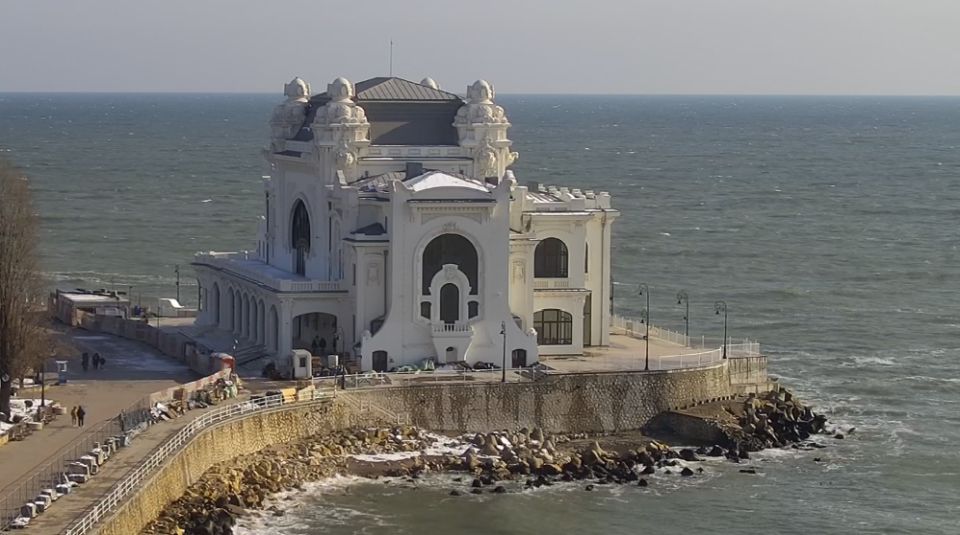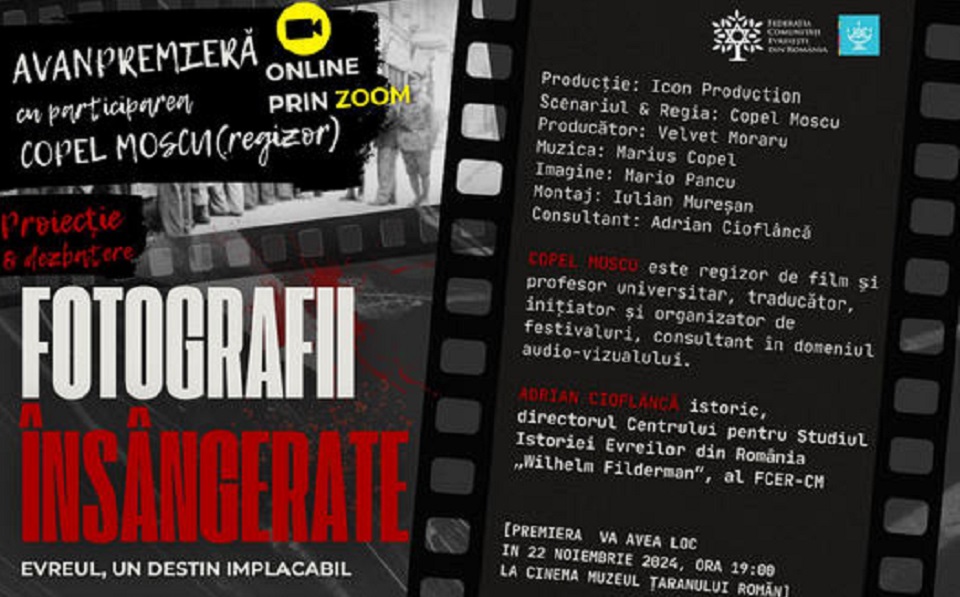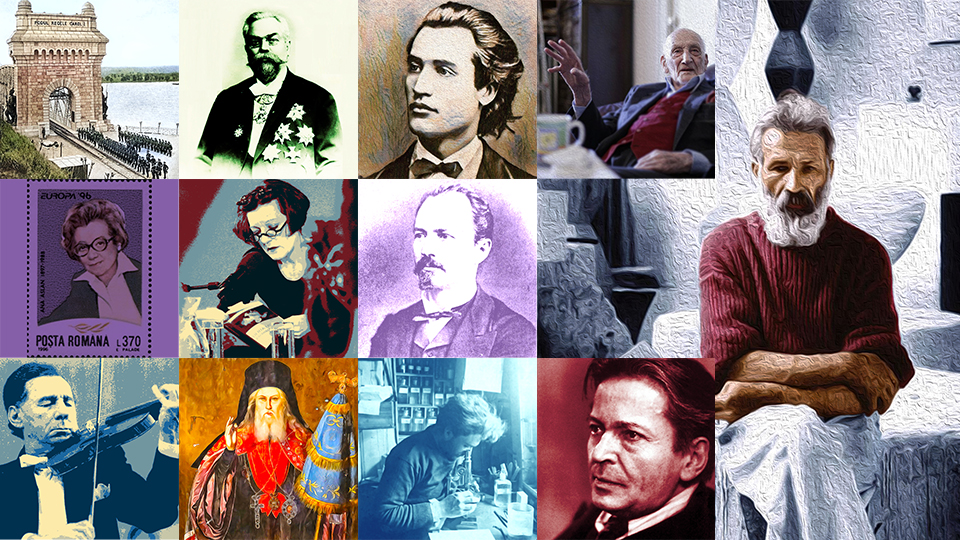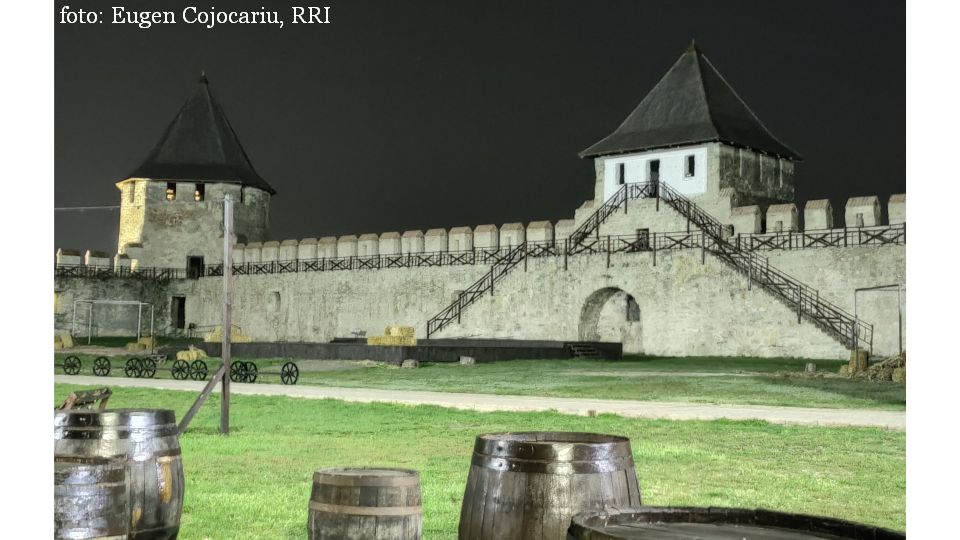The Roma Holocaust
The Elie Wiesel International Commission for the Study of the Holocaust in Romania has included in its latest report the deportation of the Romania to Transdniestr, as part of the Antonescu regime's ethnic cleansing plan.

România Internațional, 01.03.2014, 14:22
The ‘Elie Wiesel’ International Commission for the Study of the Holocaust in Romania has included in its latest report the deportation of the Roma or “Gypsies” to Transdniester, as part of the Antonescu regime’s ethnic cleansing plan. Until 1942, when the deportation of the Roma started, there hadn’t been a so-called ‘Roma issue’ in the Romanian society. Marginalized, living on the outskirts of towns and villages, the gypsies were not among the national minorities recognized by the Romanian state in the inter-war period. In 1942, the then Central Statistics Institute reported that there were over 208.700 gypsies in Romania, 41 thousand of which were recorded in a census that certain year. The census was aimed at establishing how many of them were nomads and how many had criminal records or were jobless. After the results were made public, it was decided that 12% of them be deported to Transdniester. Here is Adrian Nicolae Furtuna, the author of a book entitled ‘Why Don’t They Cry? The Roma Holocaust and Their True Story’ – has more details about those deported.
“Figures show that about 25 thousand Roma had been deported to Transdniester. This is, however, only a number estimated by the Holocaust Commission and published in the report. According to some Roma organizations and researchers, the real number seems to be much bigger. In the case of traditional Roma, the lack of Ids continues to be a problem, even at present. Imagine how things stood 70 years ago. Deportations began in June. The first group of traditional Roma was sent to the camps on June the 1st, 1942. They were considered carriers of disease and in some cases were even suspected of being spies, because of their nomadic way of life. The second group, this time of sedentary Roma, was deported in September, the same year. The most frequent reasons for deportation were their criminal records and the fact that they were jobless. We cannot accurately say when deportations ended. 1942 is a possible date.”
Following the two deportation waves that year, more than 11 thousand nomadic and over 13 thousand sedentary gypsies from all over Romania were sent to Transdniester. Here is Adrian Nicolae Furtuna again:
“They were practically deceived. The gendarmes told them they would be given houses there and animals to cultivate the land, but once in Transdniester some of them were sent to labor camps, where they had to work to get food. They slept in underground clay huts and sometimes in houses that had once belonged to the local Ukrainians. 1942 was a cold year and many Gypsies died during the harsh winter. Another major aspect is that out of the total 11 thousand dead that year, 6000 were children. Cold, hunger and epidemics took their toll on the gypsies who lived in squalid camps on the sandy banks of river Bug. Sometimes, they would get some supplies from the army units stationed near their camps in Bogdanovca, Domanovka, which were close to the frontline. According to official documents they did get some food, but much less than it was mentioned in the papers.”
Out of the 25 thousand Roma deported to Transdniester, about 11 thousand died in the camps and only 14 thousand survived. While doing research for his book, between 2008 and 2010, Adrian Nicolae Furtuna interviewed 28 survivors. Their memories make up the backbone of his book “Why Don’t They Cry? The Roma Holocaust and Their True Story”.






























